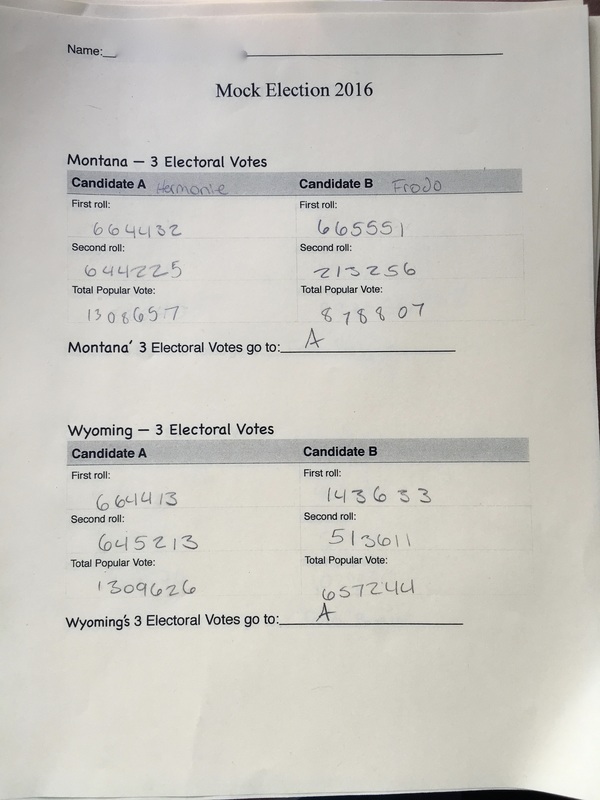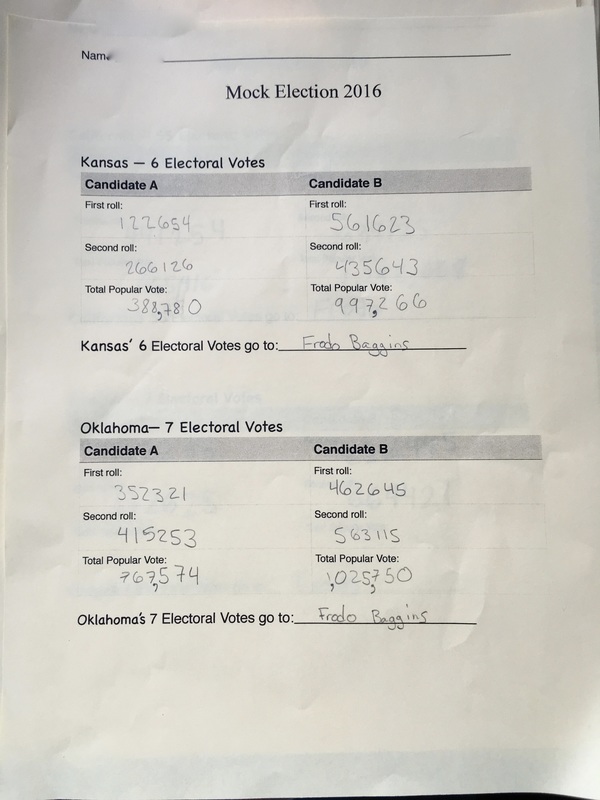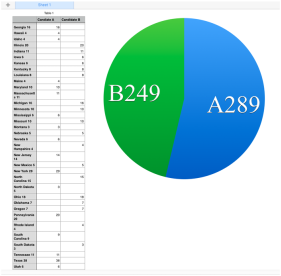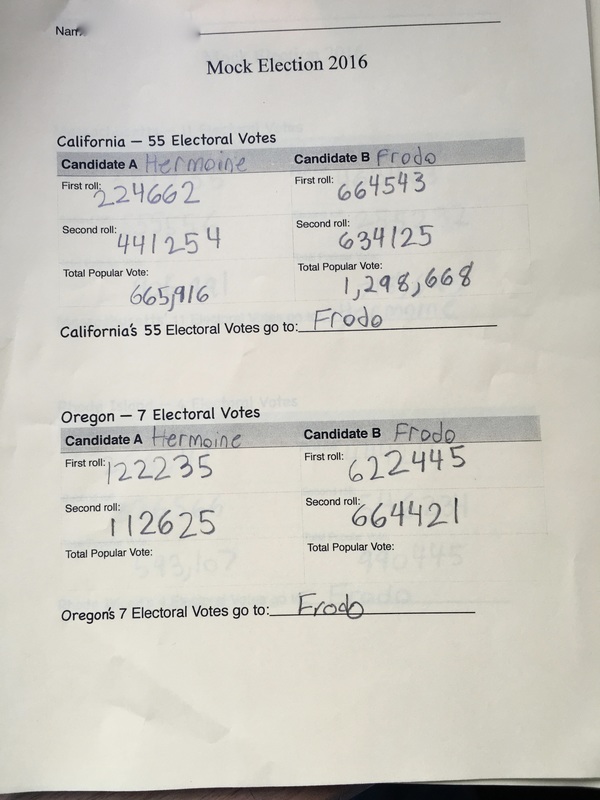Science
The artifact below is a lesson plan from my 5th grade science practicum, fall 2015. I enjoyed this lesson because I incorporated many relatable and hands-on elements. I brought in my son's microscope with a slide of algae so students could see the details of the plant cell. The microscope was powerful enough to see the chloroplast in the cell. I brought in a giant leaf that I had found while walking my dogs. It was losing its chloroplast and turning yellow. It was fun for students to feel it and see it up close. Plus it was "so cool" because it was as big as their faces!
I also brought in a little ceramic boot with a little silk plant sprout coming out of the top. I used it as my hook. The kids recognized it right away as the important prop in Disney/Pixar's WALL-E. In the movie, humans have to survive in space because pollution halted photosynthesis on Earth. The students didn't realize that it was photosynthesis the people in the story were waiting on to be restored, in order to return home to Earth (it took over 700 years).
Once the students understood the importance of photosynthesis they were engaged in making paper models of leaves with the process of photosynthesis detailed in their science notebooks.
I also brought in a little ceramic boot with a little silk plant sprout coming out of the top. I used it as my hook. The kids recognized it right away as the important prop in Disney/Pixar's WALL-E. In the movie, humans have to survive in space because pollution halted photosynthesis on Earth. The students didn't realize that it was photosynthesis the people in the story were waiting on to be restored, in order to return home to Earth (it took over 700 years).
Once the students understood the importance of photosynthesis they were engaged in making paper models of leaves with the process of photosynthesis detailed in their science notebooks.
| Lesson Plan on Photosynthesis | |
| File Size: | 184 kb |
| File Type: | |
Social studies
During my social studies practicum (spring, 2015) my host teacher conducted an engaging lesson with her 8th grade students on the electoral college. It involved dice, fictitious candidates, electoral votes, and a mock election central. With 2016 being a presidential election year, I knew I wanted to introduce my host students to the Electoral College so they would be somewhat familiar come November.
I didn't have any of the lesson materials so I made them myself. My host class was made up of 25 students which was perfect! I created 25 custom tally sheets; each with two states and their respective electoral votes (see artifacts below). Each student used six dice to determine a random "popular vote" number. Since no two sheets were alike, the students' curiosity was piqued. This prompted conversations about who had what state and how many electoral votes they had.
I also used the "Numbers" app on my MacBook to create an chart and graph to tally the votes. I projected it onto the whiteboard in the classroom so that as students determined which candidate took their states, I entered the electoral votes in the winning candidate's column and the pie chart reflected the total. The students excitedly watched as the numbers rolled in, much like a real election night.
Earlier in the day I polled the students on their favorite fictional characters so that we would have names to use in our mock election but I didn't tell the students what it was for. I collected about 20 names but chose two names I thought would garner support and enthusiasm but not much controversy. It worked! Even though the election was determined by rolling dice, Hermoine Granger won in a landslide against Frodo Baggins and her supporters were happy about that.
After all the excitement we discussed the details of how each state's number of electoral votes is determined and how the system works to balance the weight of votes between heavily populated states and less populated states.
I didn't have any of the lesson materials so I made them myself. My host class was made up of 25 students which was perfect! I created 25 custom tally sheets; each with two states and their respective electoral votes (see artifacts below). Each student used six dice to determine a random "popular vote" number. Since no two sheets were alike, the students' curiosity was piqued. This prompted conversations about who had what state and how many electoral votes they had.
I also used the "Numbers" app on my MacBook to create an chart and graph to tally the votes. I projected it onto the whiteboard in the classroom so that as students determined which candidate took their states, I entered the electoral votes in the winning candidate's column and the pie chart reflected the total. The students excitedly watched as the numbers rolled in, much like a real election night.
Earlier in the day I polled the students on their favorite fictional characters so that we would have names to use in our mock election but I didn't tell the students what it was for. I collected about 20 names but chose two names I thought would garner support and enthusiasm but not much controversy. It worked! Even though the election was determined by rolling dice, Hermoine Granger won in a landslide against Frodo Baggins and her supporters were happy about that.
After all the excitement we discussed the details of how each state's number of electoral votes is determined and how the system works to balance the weight of votes between heavily populated states and less populated states.



